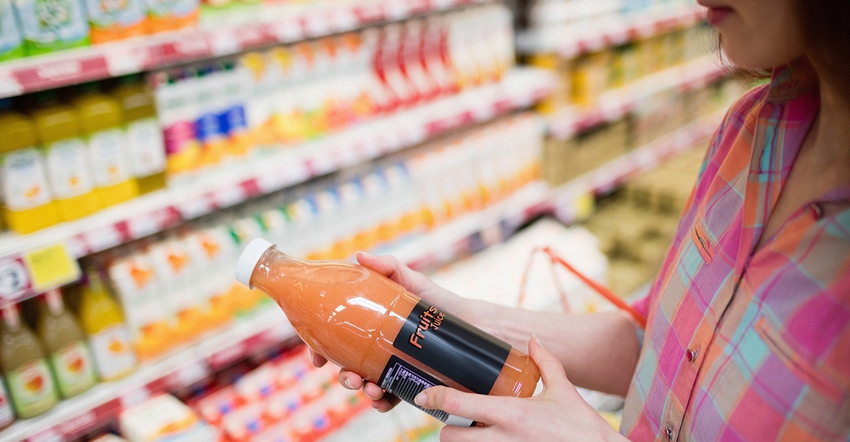Brands looking to enter or even expand their presence in the functional beverage category need to identify their target market and white space in the category and be mindful about how ingredient selection and formulation affect the final product.

Once dominated by sports drinks and protein shakes, today’s range of functional beverages includes everything from enhanced waters and juices to cold-brew coffee and ready-to-drink (RTD) teas. The biggest game-changer, however, is consumer thirst for clean label options that not only taste good but also deliver on efficacious doses of ingredients. Brands looking to enter or even expand their presence in the functional beverage category need to consider the following factors impacting product innovation.
Identify your target market. Consumers are embracing beverages enhanced with inherently beneficial ingredients once limited to supplements that address two or more need states from one application. In addition to quenching thirst, consumers are seeking beverages that deliver key nutrients, boost energy, enhance cognitive function, heighten beauty, improve gut health and promote relaxation. Furthermore, brands would be wise to identify which products sell well among different consumer groups such as Millennials, Generation Z and Baby Boomers.
Identify the white space. A lot of entrepreneurial activity is happening in the natural and organic foods category, but functional beverages is an even hotter category of new product development. Today’s range of functional beverages includes everything from enhanced waters, juices, cold-brew coffee, RTD teas, kombucha, energy drinks and shots, and more with an increased emphasis on the inclusion of shorter ingredient lists with simple and recognizable names. Growth in the energy drink categories continues at a steady pace, and more brands are developing drinks with organic and/or natural ingredients that are perceived as better for you. Another growing trend is the inclusion of focus-enhancing nootropic ingredients like panax ginseng root, L-theanine, L-tyrosine, medium-chain triglycerides (MCTs) and lion’s mane mushrooms. Another category to watch carefully is CBD-infused beverages already hitting U.S. shelves.
Sweet changes and challenges ahead. On Jan. 1, 2020, all food and beverage products sold in the U.S. will be required to carry the updated Nutrition Facts label that includes an “Added Sugar” line both in terms of grams and as a percent daily value (%DV). The significant challenge this new regulation poses for the beverage brands that are trying to decrease or eliminate sugar is taste—especially in functional beverages where the nutritional profile is more of a priority than it is in categories like soft drinks and iced tea.
Download and read the full beverages digital magazine here.
About the Author(s)
You May Also Like






.png?width=800&auto=webp&quality=80&disable=upscale)